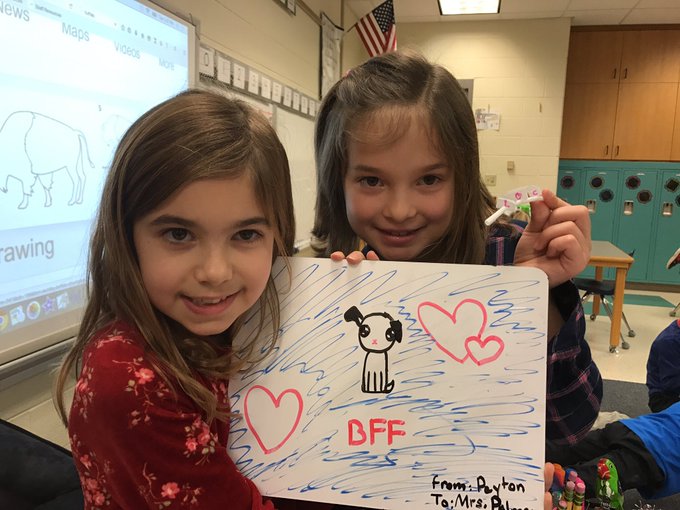
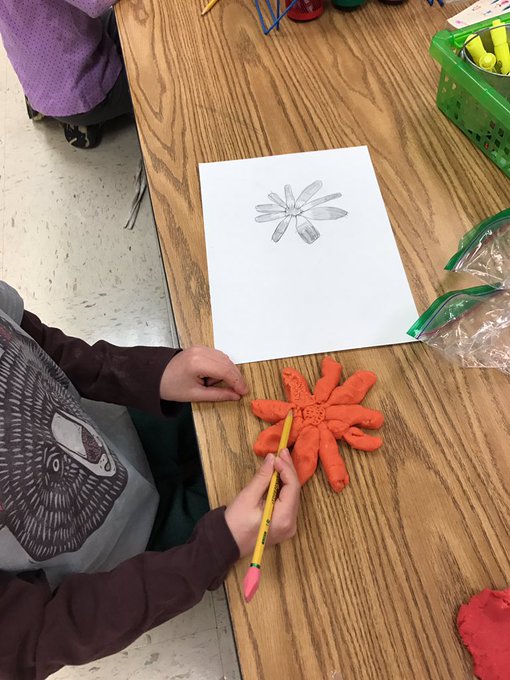
Writing:
Students worked in small groups to write stories for the Henley Middle School theater students, who will perform a few of the stories as a play. We can't wait to see the stories come alive in mid-March!
We have stories about boats lost at sea, Officer Puppy Paws solving problems, and demi-gods! They were all wonderful stories...I wonder which stories will be chosen! :)
Continue to work with your child at home by asking them to write complete sentences. Just when I think students have this, they revert back to placing periods in random places.
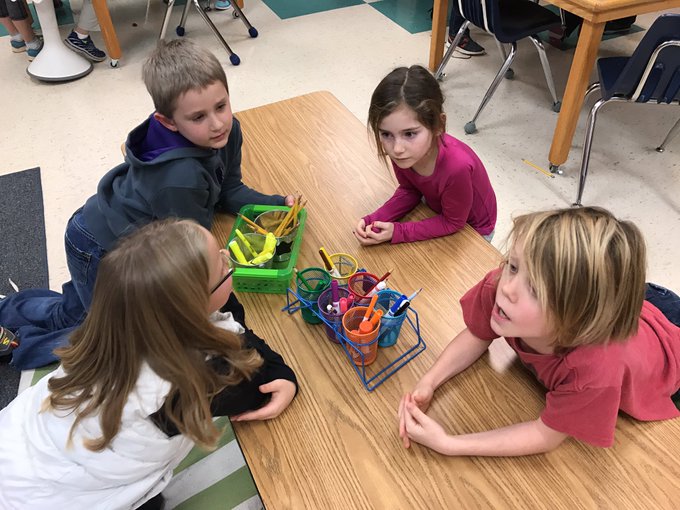
Reading:
Over the last few weeks, students have been predicting what will happen next in their book. Students think about an event that is happening in their book, then use their schema to predict what will happen next.
In our partner books, students still practice all that we've learned so far this year. They talk with their partners about their schema, what they've visualized, whether they can connect their reading to something in their life, and certainly ask each other many questions as they read. These review strategies can be used at home. I have recently started journaling with my daughter about a book we are both reading. We ask each other questions based upon comprehension strategies they are learning about in 5th grade. Feel free to ask me further questions so you can use this idea at home!
Schema - We have used our schema to think about what we already know before we read and what we can add to that knowledge after we read.
Visualization - Students have drawn pictures and used words to explain what they visualize as they read.
Connections - It is becoming easier for students to make connections to what they read. They are constantly sharing with me what a part in their book reminds them of.
Questioning and Wondering - Students ask questions before, during and after they read. They ask both "thin" and "thick" questions. Thin questions are those that can easily be answered in the book (or the part they've already read) by turning to a specific page and pointing to the answer. Thick questions spark a conversation and there isn't an exact answer to the question, but more of an opinion of what the readers think. Determining the difference between a thick and thin question is still challenging for some students, but they know how to answer the question, just not asking it.
Here are some thick question stems...
- I wonder what would happen if...
- I wonder why...
- What do you think about...
- Where do you think...
- How did...

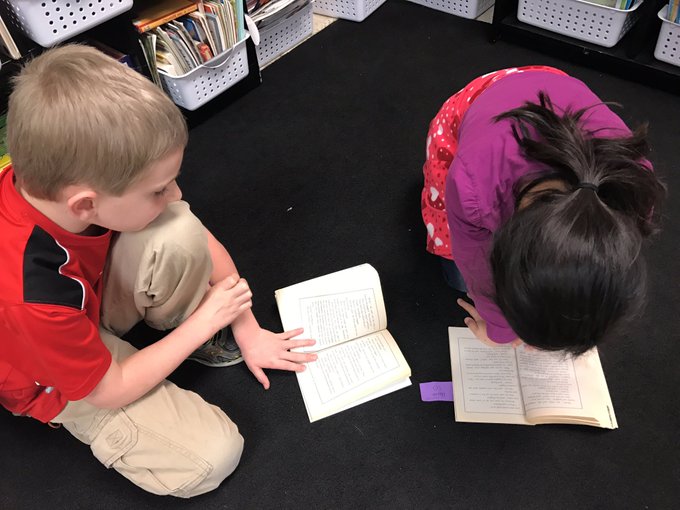

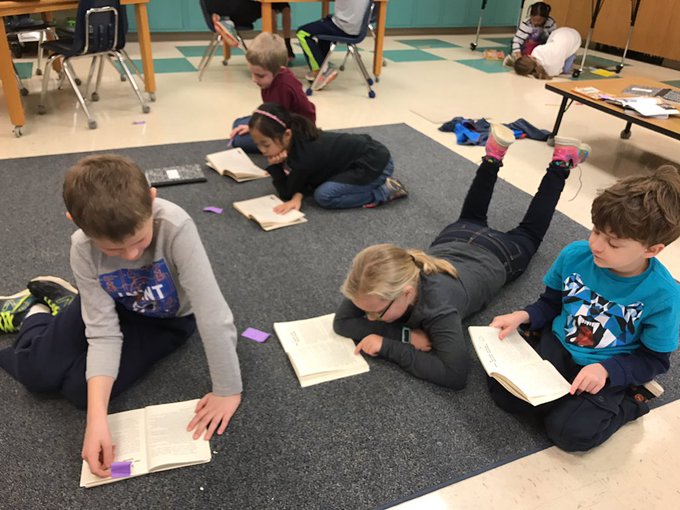
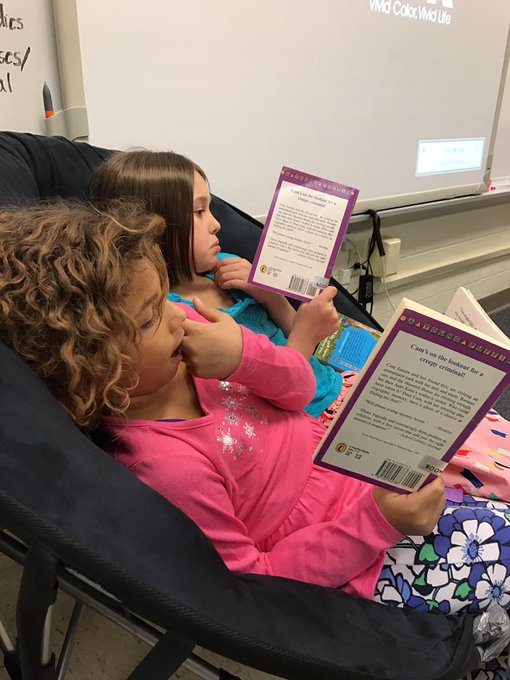
We
believe that the meaningful interactions between students, texts, and
teachers lead to lifelong learning, empowerment, enjoyment and success.
Word Study:
New word study sorts were given out this week. On a daily basis, students sort their words, write their sorts once, and practice by way of different activities. Some examples of word study activities is using wikki sticks, play dough, tiles or colored pens. Use that old Scrabble game and have your children spell out their word study words using the tiles. Likely, they won't complain about doing their homework!

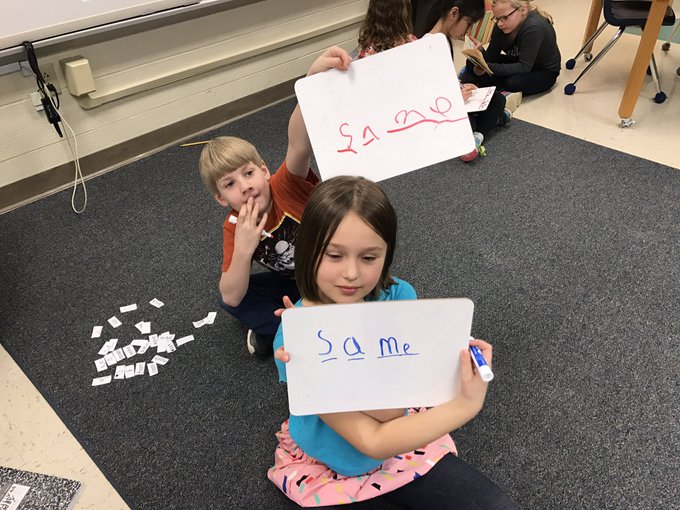
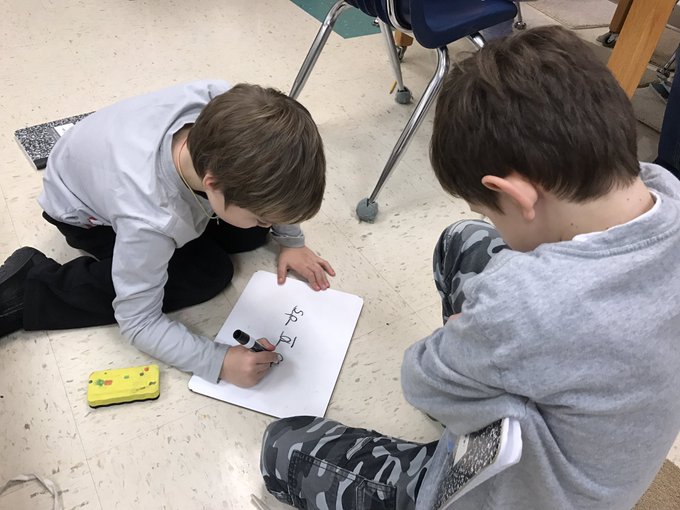
Math:
We have moved from story problems and count-bys to taking data and placing into a graph. We were recently introduced to a Venn Diagram, which takes two attributes and sorts them into:
- applies to attribute #1
- applies to attribute #2
- applies to both attributes
- applies to neither attribute

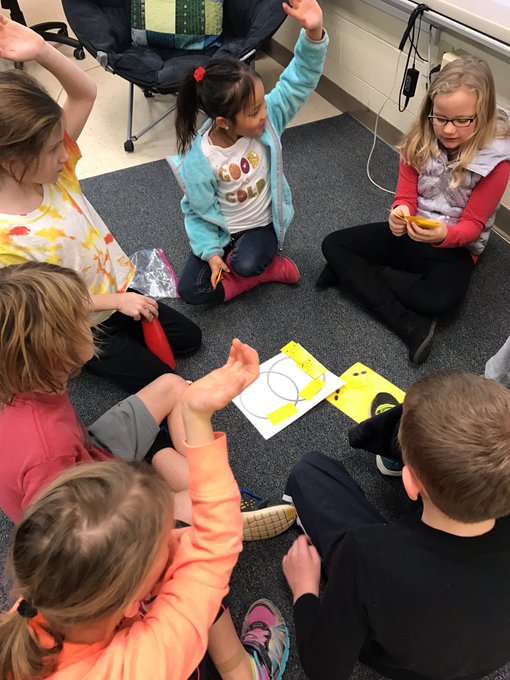

We have briefly talked about bar graphs and will introduce picture and picto graphs soon. Picture graphs are graphs that use several different pictures. A pictograph uses only one picture and has a key that has the picture = a certain number. Here are a few pictures...
Help your child by looking at different graphs and "reading" them.
Social Studies:
We have learned concluded our unit on American Indians. Students used all of their gained knowledge on the Lakota, Powhatan, and Pueblo tribes to complete a chart. Students then planned (OUTSIDE ON A NICE DAY!) and created trioramas for each tribe AND one that displayed similarities between all three tribes. What wonderful work!
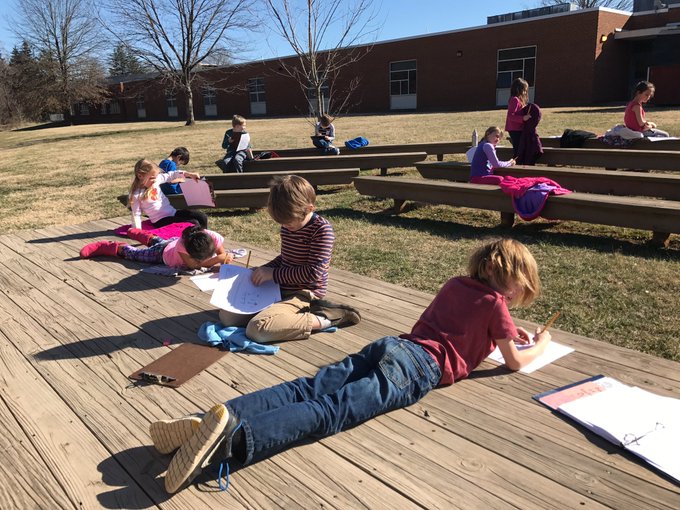
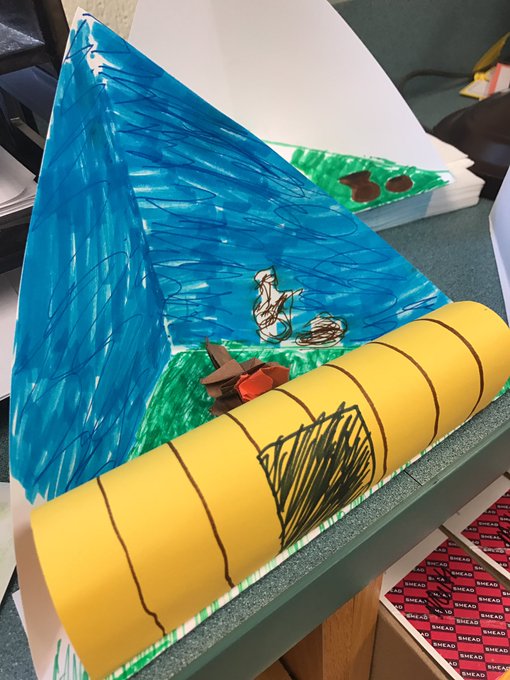
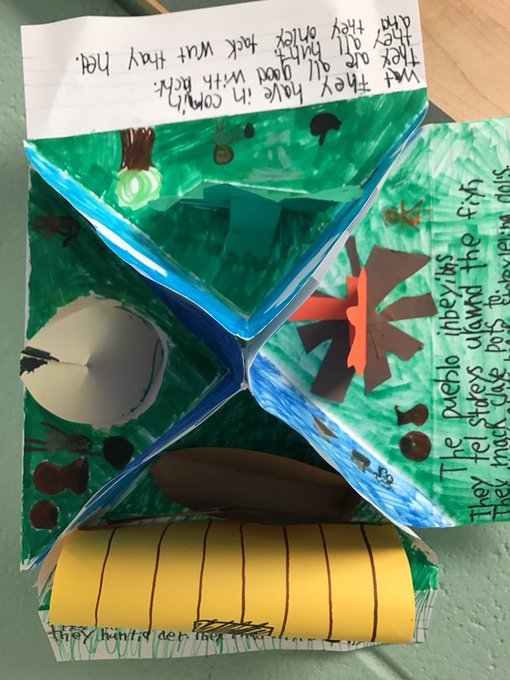
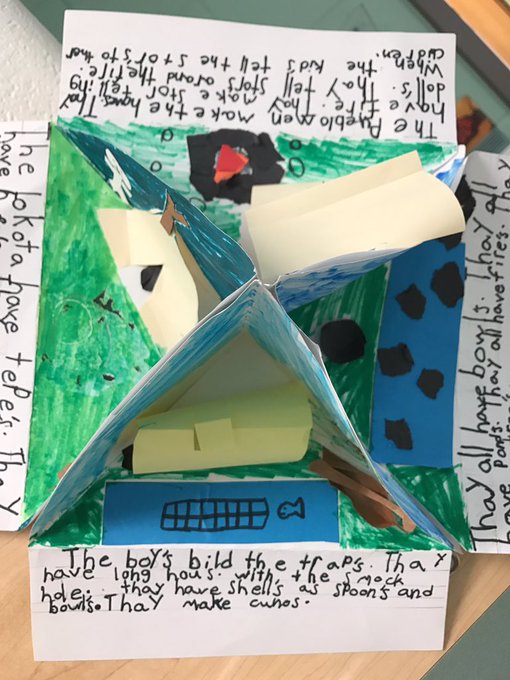
Science:
We will begin learning about weather this week. Students will need to know that weather includes temperature, precipitation, and wind. Students will learn about storms, different types of precipitation, and the water cycle and how weather influences it.

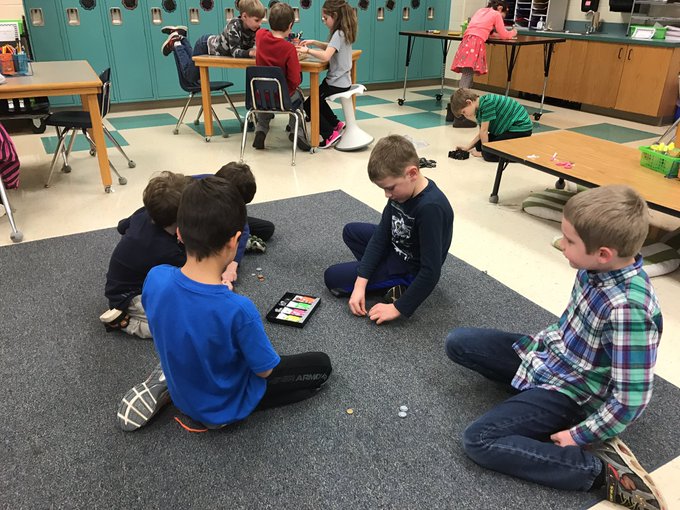
This is all so great; thank you!
ReplyDelete